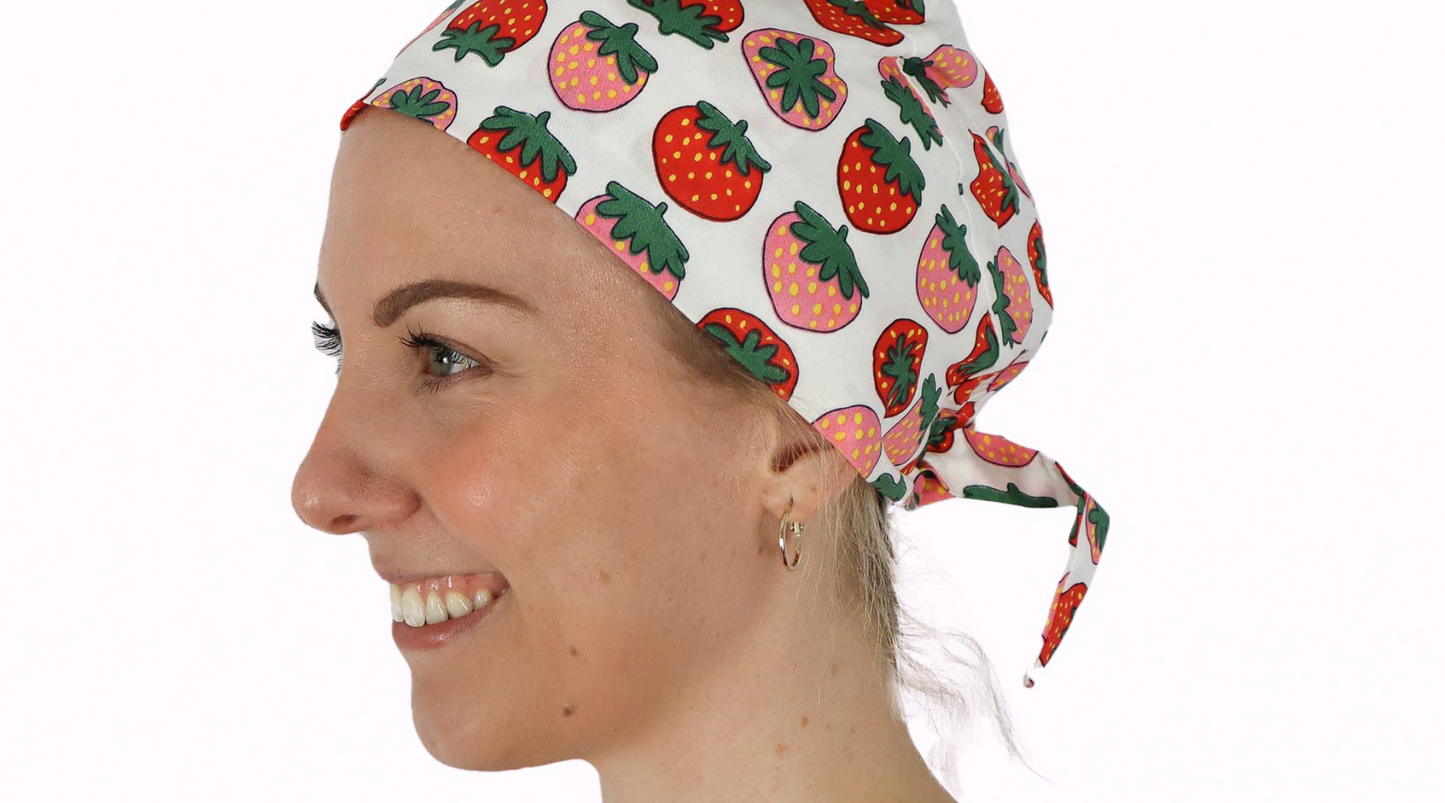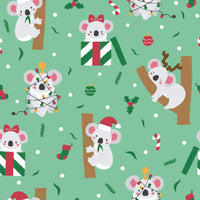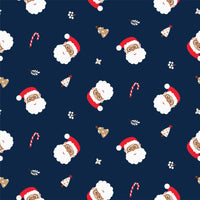
In a sterile setting like a hospital, the "long hair, don't care" mentality won't cut it—enter the scrub cap.
Tresses are kept tidy, safe, and germ-free with these hair covers for nurses and doctors. They're an essential component of any scrub kit, complemented by face masks and comfortable shoes. So, before you put one on again, please look at this surgical cap appreciation post to understand why they're so important.
Below, you'll discover why scrub caps for nurses and other medical professionals are so vital, as well as the many forms of caps and the fascinating history of this specialised clothing item.
Why do nurses wear scrub caps?
We could make the jocular comment that nurses wear scrub caps because they're so fashionable, but we don't think you'll believe us. So we'll stick to the facts: Because they fulfil the following roles, nurse hair covers are frequently part of a hospital's wardrobe:
- Patient protection: Wearing a nurse's cap prevents germs from being transmitted to patients since everyone's hair and scalp are contaminated. In a sterile setting like an operating room, wearing a scrub cap is even more essential.
- The scrub cap protects you from catching illnesses. It also prevents you from picking up patients' germs.
- Visibility & comfort: Scrub caps keep long hair or fringes out of one's face, allowing for clearer vision and greater comfort. You can't operate effectively with hair in your eyes, and having sweaty fringes pressed against your forehead is neither pleasant nor functional.
What types of scrub caps are available?
Scrub caps aren't only for healthcare workers. There are several distinct styles to select from. We'll confess that picking a scrub cap isn't as fun as trying on a new pair of jeans, but adding some flair to your professional appearances does nothing harm. Here are some "hospital chic" scrub-cap designs:
- Ponytail caps: These scrub caps feature a hole in the back through which you may tie your ponytail. These are a fantastic alternative if you have lengthy hair and don't need to cover it all with a cap at work.
- Pixie caps: These caps are tight, so you won't be able to fit lengthy hair in them. As the name implies, the pixie cap's form is meant to be worn over short crops.
- Your hair on top of your head is a little more challenging to manage since it's poofier. You can perform up some dastardly hairstyles with this type of cap! However, the crown, in particular, might become something of a mess if you have shorter locks. This style looks best on people with massive hair.
- Disposable surgical caps: If you operate in a hazardous environment, you may need to use disposable caps with other PPE. Professionals working in high-contagion areas should avoid fabric caps because reusable washing hats might not eliminate all germs.
- A nursing headband is a hair accessory that you may wear throughout the day to avoid having your hair on your face. If you don't require a sterile hair treatment like a scrub cab for work but want to keep your locks out of your face, try wearing a headband instead.
What is the function of the scrub cap?
The scrub cap has evolved a long way. What began life as a modest article of clothing is now available in various bright hues and cool-wicking fabrics and cuts.
The first scrub caps were donned by monks and nuns who worked in healthcare facilities. This item was worn for modesty's sake, as displaying one's hair was considered shameful.
So, there you have it! The next time you see a nurse or doctor in a scrub cap, now you'll know why they're wearing it. Whether it's for patient protection, comfort, or visibility, the humble scrub cap serves an essential purpose.







































